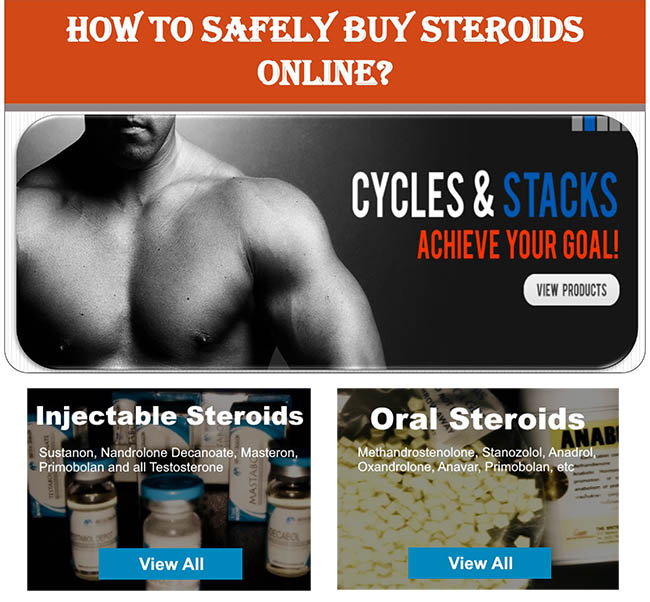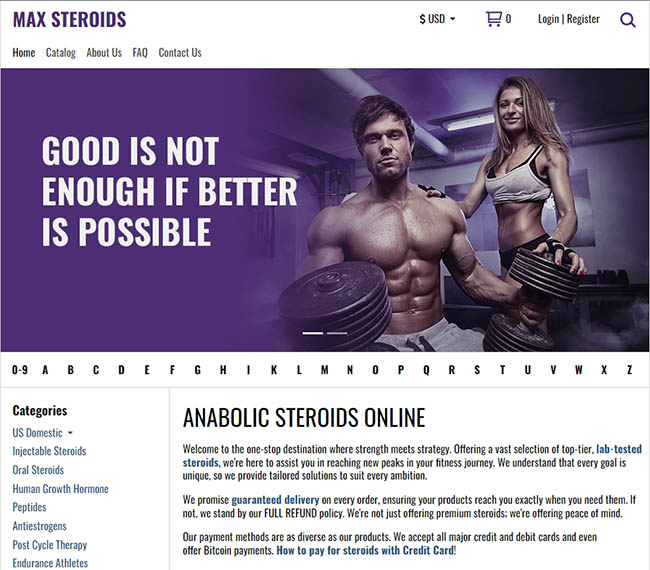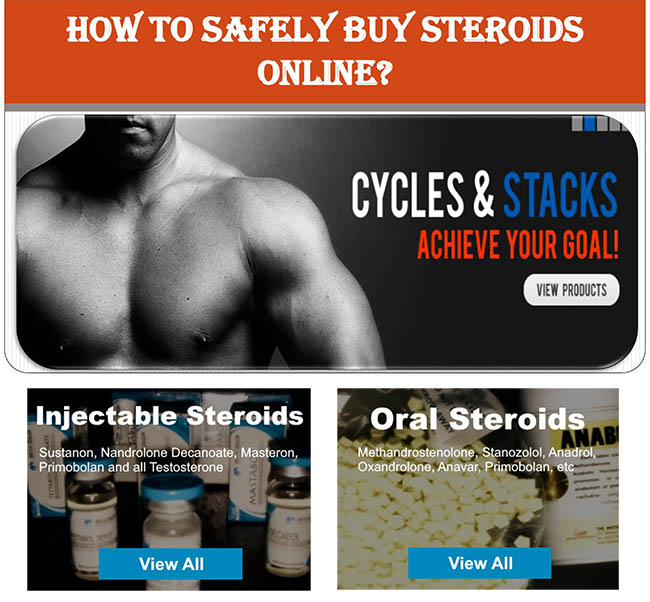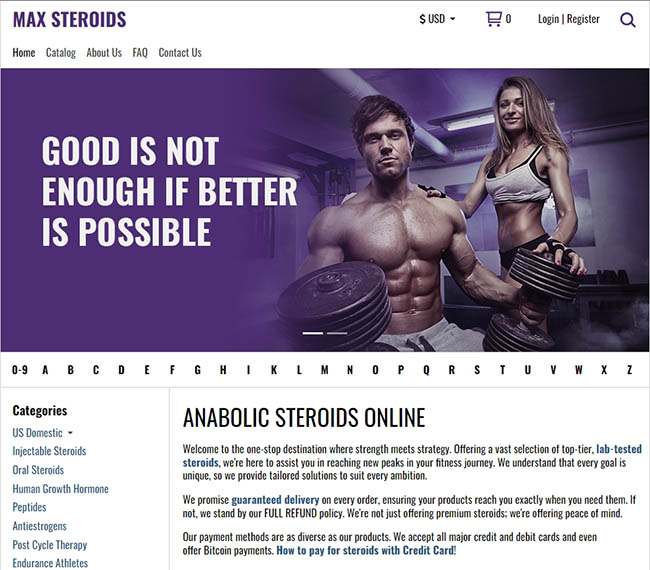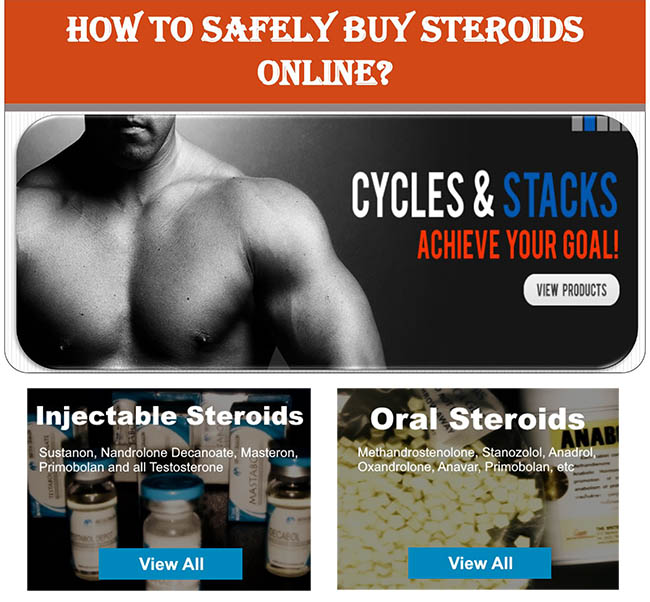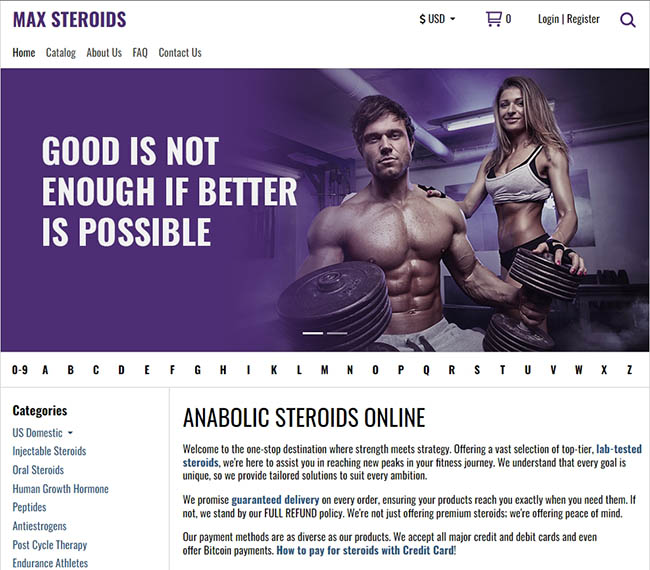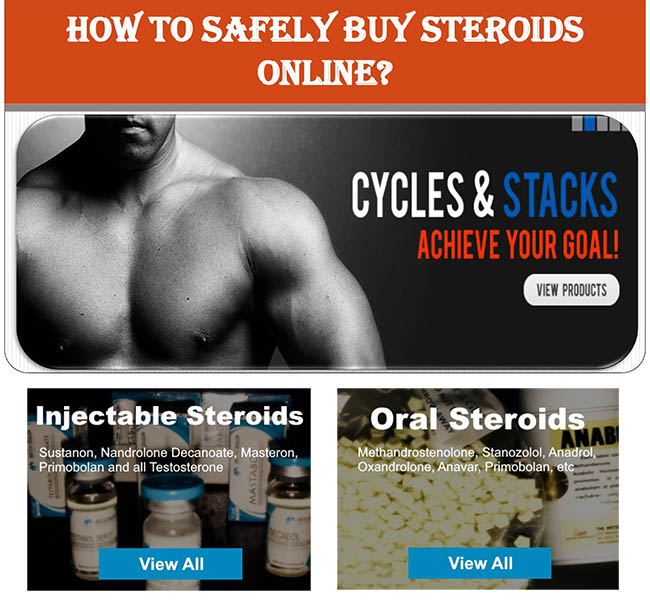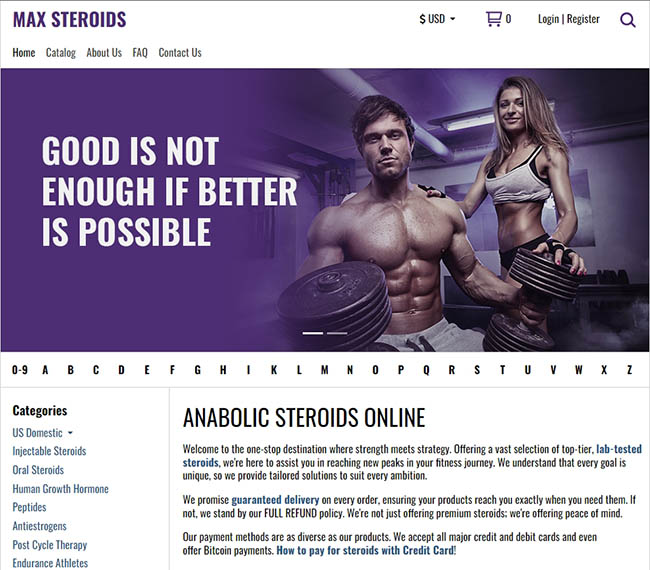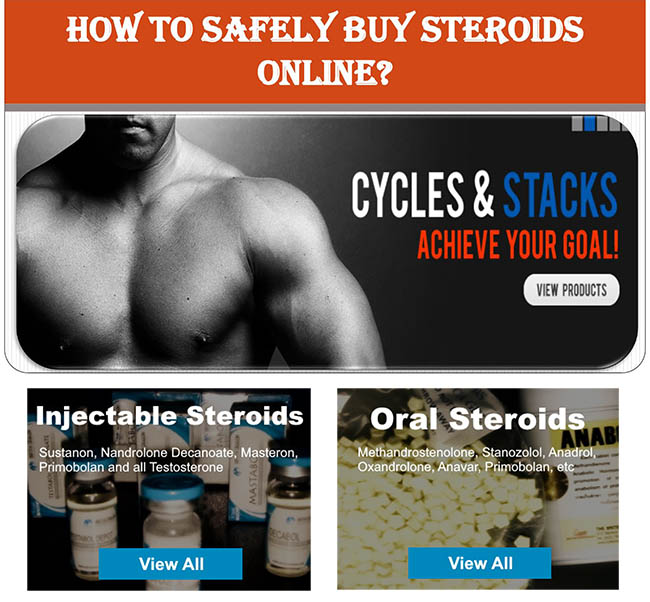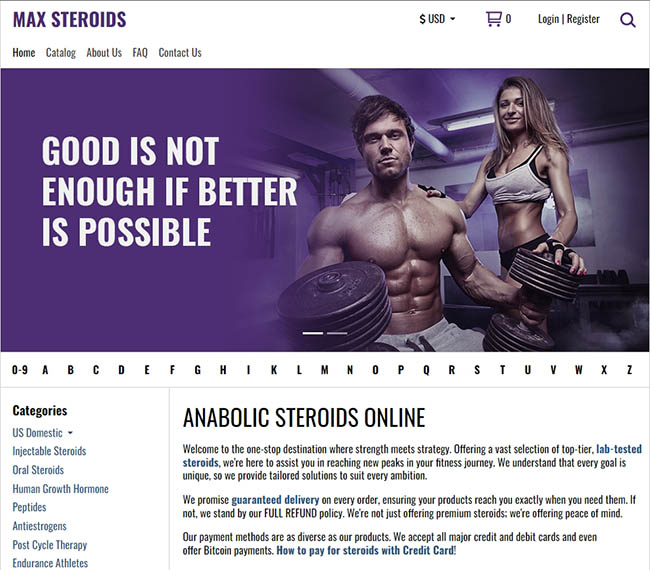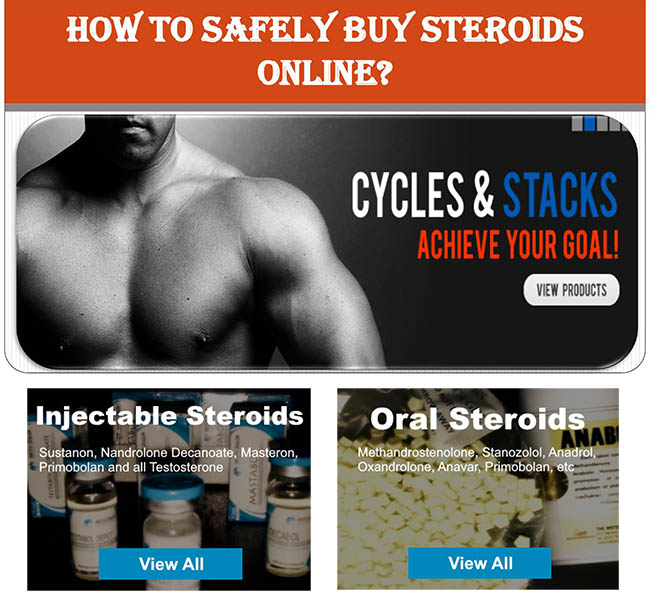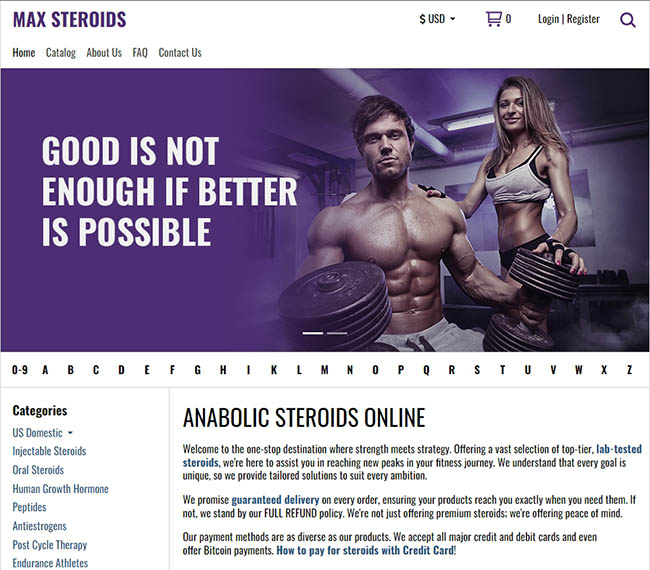Find out if taking nolvadex can potentially lead to hair loss and learn about the possible side effects of this medication.
| Payment: | Bitcoin, LiteCoin, Zelle, Credit Cards, Western Union, MoneyGram |
| Delivery: | Express (2-5 days), Fedex, DHL |
| Prescription: | OVER THE COUNTER |
| Where to Buy STEROIDS online? | https://max-steroids.com |
Where to Buy Anabolic Steroids Online:
Will Nolvadex Cause Hair Loss?
Popular Questions about Will nolvadex cause hair loss:
Can nolvadex cause hair loss?
Yes, nolvadex can potentially cause hair loss as one of its side effects.
Is hair loss a common side effect of nolvadex?
Hair loss is not a common side effect of nolvadex, but it can occur in some individuals.
How does nolvadex cause hair loss?
The exact mechanism by which nolvadex causes hair loss is not fully understood. It is believed that nolvadex may interfere with the normal hair growth cycle and cause hair follicles to enter a resting phase prematurely.
Are there any other medications that can cause hair loss?
Yes, there are several medications that are known to cause hair loss, including certain chemotherapy drugs, antidepressants, and blood thinners.
Can hair loss from nolvadex be reversed?
In most cases, hair loss from nolvadex is reversible once the medication is discontinued. Hair regrowth may take several months, but it is usually possible.
What should I do if I experience hair loss while taking nolvadex?
If you experience hair loss while taking nolvadex, it is recommended to consult with your doctor. They may be able to suggest alternative treatments or adjust your dosage to minimize the side effects.
Are there any ways to prevent hair loss while taking nolvadex?
There is no guaranteed way to prevent hair loss while taking nolvadex, but some individuals have found success in using hair growth treatments such as minoxidil or taking supplements that promote hair health.
Is there a difference in the likelihood of hair loss between men and women taking nolvadex?
There is no significant difference in the likelihood of hair loss between men and women taking nolvadex. Both genders can experience this side effect.
Can nolvadex cause hair loss?
There is no scientific evidence to suggest that nolvadex can cause hair loss. Hair loss is not listed as a common side effect of nolvadex, and it is unlikely to be a direct cause. However, individual reactions to medications can vary, so it is possible that some people may experience hair loss while taking nolvadex. If you are concerned about hair loss, it is best to consult with your doctor.
Is hair loss a common side effect of nolvadex?
No, hair loss is not a common side effect of nolvadex. The most common side effects of nolvadex include hot flashes, nausea, and vaginal discharge. Hair loss is not listed as a common side effect in the prescribing information for nolvadex. However, individual reactions to medications can vary, so it is possible that some people may experience hair loss while taking nolvadex. If you are concerned about hair loss, it is best to consult with your doctor.
What should I do if I experience hair loss while taking nolvadex?
If you are experiencing hair loss while taking nolvadex, it is important to consult with your doctor. They can evaluate your individual situation and determine if the hair loss is related to nolvadex or if there may be other factors at play. Your doctor may recommend adjusting your dosage or trying a different medication if they believe nolvadex is causing the hair loss. They may also suggest other treatments or interventions to help manage the hair loss. It is important to communicate any changes in your health or side effects you are experiencing to your healthcare provider.
How to order steroids online?
Can nolvadex cause hair loss? Find out the truth
When it comes to medications, it’s important to understand the potential side effects they may have. One medication that is often prescribed for certain types of breast cancer is Nolvadex. However, there have been concerns about whether or not Nolvadex can cause hair loss.
Nolvadex, also known as tamoxifen, is a medication that is commonly used to treat and prevent breast cancer. It works by blocking the effects of estrogen in the breast tissue, which can help to slow or stop the growth of cancer cells. While Nolvadex is generally well-tolerated, it does have some potential side effects.
One of the reported side effects of Nolvadex is hair thinning or hair loss. However, it’s important to note that hair loss is not a common side effect and occurs in only a small percentage of people who take the medication. In fact, studies have shown that less than 1% of patients experience hair loss while taking Nolvadex.
It’s also worth mentioning that hair loss can be caused by a variety of factors, including genetics, hormonal changes, stress, and certain medical conditions. Therefore, if you are experiencing hair loss while taking Nolvadex, it’s important to speak with your healthcare provider to determine the underlying cause and explore potential treatment options.
Understanding Hair Loss
Hair loss, also known as alopecia, is a condition that affects both men and women. It can be caused by a variety of factors, including genetics, hormonal changes, medical conditions, and certain medications. Understanding the causes and mechanisms behind hair loss can help individuals find appropriate treatments and prevent further hair loss.
Causes of Hair Loss
1. Genetics: The most common cause of hair loss is hereditary and is known as male or female pattern baldness. This type of hair loss is caused by a combination of genetic and hormonal factors.
2. Hormonal changes: Hormonal imbalances, such as those experienced during pregnancy, menopause, or thyroid disorders, can lead to hair loss. These hormonal changes can disrupt the natural hair growth cycle.
3. Medical conditions: Certain medical conditions, such as alopecia areata, scalp infections, and autoimmune diseases, can cause hair loss. These conditions can affect the hair follicles and disrupt normal hair growth.
4. Medications: Some medications, including chemotherapy drugs, anticoagulants, and certain antidepressants, can cause hair loss as a side effect. It is important to consult with a healthcare professional if you suspect that a medication is causing your hair loss.
Types of Hair Loss
1. Androgenetic alopecia: This is the most common type of hair loss and is often referred to as male or female pattern baldness. It is characterized by a gradual thinning of the hair on the scalp.
2. Alopecia areata: This type of hair loss occurs when the immune system mistakenly attacks the hair follicles, leading to patches of hair loss on the scalp or other areas of the body.
3. Telogen effluvium: This type of hair loss is usually temporary and occurs when a large number of hair follicles enter the resting phase of the hair growth cycle. It can be triggered by physical or emotional stress, hormonal changes, or certain medications.
Treatment Options
1. Medications: There are several medications available for treating hair loss, including minoxidil and finasteride. These medications can help slow down hair loss and promote hair regrowth.
2. Hair transplant surgery: In severe cases of hair loss, hair transplant surgery may be an option. This procedure involves removing hair follicles from one area of the body and transplanting them to the balding areas.
3. Lifestyle changes: Making certain lifestyle changes, such as reducing stress, eating a balanced diet, and avoiding harsh hair treatments, can help improve the health of the hair and prevent further hair loss.
4. Wearing wigs or hairpieces: For individuals who are not suitable candidates for medication or surgery, wearing wigs or hairpieces can provide a temporary solution to hair loss.
Conclusion
Hair loss is a common condition that can have a significant impact on an individual’s self-esteem and quality of life. Understanding the causes and treatment options for hair loss can help individuals make informed decisions about managing their condition. It is important to consult with a healthcare professional to determine the underlying cause of hair loss and develop a personalized treatment plan.
The Role of Nolvadex in Hair Loss
Nolvadex, also known as tamoxifen citrate, is a medication commonly used to treat breast cancer. It belongs to a class of drugs called selective estrogen receptor modulators (SERMs), which work by blocking the effects of estrogen in the body.
While Nolvadex is primarily used for treating breast cancer, it has also been used off-label for other purposes, such as preventing gynecomastia (enlargement of the breast tissue in males) and reducing the risk of breast cancer in high-risk individuals.
Can Nolvadex Cause Hair Loss?
There is limited scientific evidence to suggest that Nolvadex can cause hair loss. Hair loss, also known as alopecia, is not listed as a common side effect of Nolvadex in the prescribing information provided by the manufacturer.
However, it is important to note that individual responses to medications can vary, and some people may experience hair loss while taking Nolvadex. If you are concerned about hair loss or experiencing any other side effects while taking Nolvadex, it is recommended to consult with your healthcare provider.
Other Factors Contributing to Hair Loss
It is important to consider other factors that can contribute to hair loss, as it may not necessarily be caused by Nolvadex alone. Hair loss can be influenced by various factors, including genetics, hormonal changes, nutritional deficiencies, stress, and certain medical conditions.
If you are experiencing hair loss while taking Nolvadex, it is possible that the underlying cause may be unrelated to the medication. It is recommended to discuss your concerns with a healthcare professional, who can help determine the potential cause and provide appropriate guidance.
Conclusion
While there is limited evidence to suggest that Nolvadex can cause hair loss, it is important to be aware of the potential side effects of any medication. If you are taking Nolvadex and experiencing hair loss, it is recommended to consult with your healthcare provider to determine the underlying cause and explore potential treatment options.
Remember, this article is for informational purposes only and should not be considered medical advice. Always consult with a healthcare professional before starting or stopping any medication.
Scientific Studies on Nolvadex and Hair Loss
There have been several scientific studies conducted to investigate the potential link between Nolvadex (generic name: tamoxifen) and hair loss. Nolvadex is a medication commonly used to treat breast cancer, as it works by blocking the effects of estrogen in the body.
While hair loss is not listed as a common side effect of Nolvadex, some anecdotal reports and case studies have suggested a possible association. However, it is important to note that these reports are limited and not conclusive.
One study published in the journal Breast Cancer Research and Treatment in 2009 examined the effects of Nolvadex on hair density in women with breast cancer. The study found that there was no significant difference in hair density between women taking Nolvadex and those not taking the medication.
Another study published in the Journal of Clinical Oncology in 2011 investigated the effects of Nolvadex on hair loss in premenopausal women with breast cancer. The study found that hair loss was not a common side effect of Nolvadex treatment.
However, it is important to note that these studies focused specifically on women with breast cancer and may not be applicable to other populations or uses of Nolvadex.
Overall, the scientific evidence on the association between Nolvadex and hair loss is limited and inconclusive. It is always recommended to consult with a healthcare professional if you are experiencing hair loss or have concerns about the potential side effects of any medication.
Common Side Effects of Nolvadex
Nolvadex, also known as tamoxifen citrate, is a medication commonly used to treat breast cancer. While it is generally well-tolerated, there are some common side effects that may occur during treatment. It is important to be aware of these side effects and to discuss any concerns with your healthcare provider.
1. Hot Flashes
One of the most common side effects of Nolvadex is hot flashes. These sudden feelings of warmth and sweating can be uncomfortable and may occur throughout the day or night. They are usually temporary and tend to improve over time.
2. Nausea
Nolvadex can cause nausea and vomiting in some individuals. This side effect can usually be managed with anti-nausea medications or by taking Nolvadex with food. If you experience severe or persistent nausea, it is important to contact your healthcare provider.
3. Fatigue
Feeling tired or fatigued is another common side effect of Nolvadex. This can be due to the medication itself or as a result of other treatment-related factors. It is important to get enough rest and to listen to your body during treatment.
4. Mood Changes
Some individuals may experience mood changes while taking Nolvadex. This can include feelings of depression, anxiety, or irritability. If you notice significant changes in your mood or mental health, it is important to discuss this with your healthcare provider.
5. Vaginal Discharge
Nolvadex can cause changes in vaginal discharge, including an increase in amount or a change in consistency. This is usually temporary and not a cause for concern. If you experience any unusual or persistent vaginal symptoms, it is important to contact your healthcare provider.
6. Hair Thinning
While rare, some individuals may experience hair thinning or hair loss while taking Nolvadex. This side effect is usually temporary and hair growth should resume after treatment. If you are concerned about hair loss, it is important to discuss this with your healthcare provider.
7. Blood Clots
Nolvadex can increase the risk of blood clots, including deep vein thrombosis (DVT) and pulmonary embolism (PE). It is important to be aware of the signs and symptoms of blood clots, such as swelling, pain, or redness in the legs, and to seek medical attention if you experience these symptoms.
8. Eye Problems
In rare cases, Nolvadex may cause eye problems such as changes in vision or cataracts. If you notice any changes in your vision or have any concerns about your eyes while taking Nolvadex, it is important to contact your healthcare provider.
9. Bone Pain
Some individuals may experience bone pain or bone thinning while taking Nolvadex. This can be managed with pain medications or other treatments as recommended by your healthcare provider.
10. Allergic Reactions
In rare cases, Nolvadex can cause allergic reactions. Signs of an allergic reaction may include rash, itching, swelling, severe dizziness, or difficulty breathing. If you experience any of these symptoms, it is important to seek immediate medical attention.
It is important to remember that not everyone will experience these side effects, and some individuals may experience side effects not listed here. If you have any concerns or questions about the side effects of Nolvadex, it is important to discuss them with your healthcare provider.
Factors that Influence Hair Loss
Hair loss can be caused by a variety of factors, both genetic and environmental. Understanding these factors can help individuals identify the potential causes of their hair loss and take appropriate steps to address the issue. Here are some common factors that can influence hair loss:
- Genetics: One of the most significant factors in hair loss is genetics. If individuals have a family history of hair loss, they are more likely to experience it themselves. Male pattern baldness, for example, is often inherited.
- Hormonal Changes: Hormonal imbalances can contribute to hair loss. Conditions such as pregnancy, menopause, and thyroid disorders can disrupt the normal hormonal balance in the body and lead to hair loss.
- Medical Conditions: Certain medical conditions, such as alopecia areata, scalp infections, and autoimmune diseases, can cause hair loss. Treating the underlying medical condition can help prevent further hair loss.
- Medications: Some medications, including chemotherapy drugs, blood thinners, and certain antidepressants, can cause hair loss as a side effect. If individuals notice hair loss after starting a new medication, they should consult their healthcare provider.
- Nutritional Deficiencies: A lack of essential nutrients, such as iron, zinc, and vitamins A and D, can contribute to hair loss. Maintaining a balanced diet and ensuring adequate nutrient intake can help promote healthy hair growth.
- Stress: Chronic stress can disrupt the normal hair growth cycle and lead to excessive hair shedding. Finding healthy ways to manage stress, such as exercise, meditation, and relaxation techniques, can help reduce hair loss.
- Hairstyling Practices: Certain hairstyling practices, such as tight ponytails, braids, and excessive heat styling, can cause hair breakage and lead to hair loss. Avoiding harsh styling techniques and using heat protectant products can help minimize damage to the hair.
It’s important to note that hair loss can be a complex issue, and multiple factors may contribute to it. Consulting a healthcare professional or dermatologist can help individuals determine the underlying cause of their hair loss and develop an appropriate treatment plan.
Preventing Hair Loss while Taking Nolvadex
While Nolvadex is known to potentially cause hair loss in some individuals, there are steps you can take to minimize the risk and prevent hair loss while taking this medication. Here are some tips:
- Consult your doctor: Before starting any medication, including Nolvadex, it is important to consult with your doctor. They can assess your individual risk factors for hair loss and provide guidance on how to minimize the potential side effects.
- Maintain a healthy lifestyle: A healthy lifestyle can contribute to overall hair health. Make sure to eat a balanced diet rich in vitamins and minerals, exercise regularly, and get enough sleep. These factors can help promote hair growth and prevent hair loss.
- Use gentle hair care products: Avoid using harsh chemicals or heat styling tools on your hair. Opt for gentle shampoos and conditioners that are specifically formulated for hair health. Additionally, try to minimize the use of hair dryers and straighteners to reduce heat damage.
- Avoid tight hairstyles: Pulling your hair back tightly in ponytails, braids, or buns can cause tension on the hair follicles and lead to hair loss. Opt for looser hairstyles that do not put excessive strain on the hair.
- Consider hair supplements: There are various hair supplements available that claim to promote hair growth and prevent hair loss. Consult with your doctor or a dermatologist to determine if any of these supplements may be beneficial for you.
- Manage stress: Stress can contribute to hair loss, so it is important to find healthy ways to manage stress levels. Engage in activities that help you relax and reduce stress, such as yoga, meditation, or hobbies.
- Monitor your hair: Keep an eye on your hair while taking Nolvadex. If you notice any excessive hair shedding or thinning, consult with your doctor. They may be able to adjust your dosage or recommend alternative treatments.
Remember, everyone’s body reacts differently to medications, so it is important to listen to your body and seek medical advice if you have any concerns about hair loss while taking Nolvadex. By following these tips and working closely with your healthcare provider, you can help minimize the potential for hair loss and maintain healthy hair.
Alternative Medications for Hair Loss Prevention
While Nolvadex is not typically associated with hair loss, there are alternative medications that can be used for hair loss prevention. These medications are commonly used to treat conditions such as male pattern baldness and can help promote hair growth and prevent further hair loss.
1. Finasteride
Finasteride, also known by its brand name Propecia, is an FDA-approved medication for the treatment of male pattern baldness. It works by blocking the conversion of testosterone to dihydrotestosterone (DHT), a hormone that contributes to hair loss. Finasteride can help prevent further hair loss and promote hair regrowth in men.
2. Minoxidil
Minoxidil, commonly sold under the brand name Rogaine, is a topical medication that is available over-the-counter. It is used to treat male pattern baldness and can also be used by women. Minoxidil works by increasing blood flow to the hair follicles, which can help stimulate hair growth and prevent further hair loss.
3. Dutasteride
Dutasteride, also known by its brand name Avodart, is another medication that can be used for hair loss prevention. It works in a similar way to finasteride by inhibiting the conversion of testosterone to DHT. Dutasteride is not FDA-approved for the treatment of hair loss, but it has been shown to be effective in some cases.
4. Ketoconazole
Ketoconazole is an antifungal medication that can also be used as a treatment for hair loss. It is available in both oral and topical forms. Ketoconazole works by reducing the production of DHT and can help promote hair growth and prevent further hair loss.
5. Saw Palmetto
Saw palmetto is a natural supplement that is often used as an alternative treatment for hair loss. It is believed to work by blocking the production of DHT. While the evidence for its effectiveness is limited, some people have reported positive results with saw palmetto for hair loss prevention.
It’s important to note that these alternative medications may not work for everyone, and results can vary. It’s always best to consult with a healthcare professional before starting any new medication or treatment for hair loss.
Consulting with Your Doctor
Before starting or stopping any medication, it is always important to consult with your doctor. This is especially true when it comes to medications that may have potential side effects, such as hair loss. If you are considering taking Nolvadex or have already been prescribed it, it is essential to discuss any concerns or questions you may have with your healthcare provider.
Your doctor will be able to provide you with personalized advice based on your medical history, current medications, and individual risk factors. They can help determine if Nolvadex is the right medication for you and if the potential benefits outweigh the potential risks.
During your consultation, be sure to discuss any previous experiences with hair loss or any family history of hair loss. Your doctor may ask additional questions to better understand your specific situation and determine if Nolvadex could potentially contribute to hair loss in your case.
It is also important to inform your doctor about any other medications or supplements you are currently taking. Certain medications or combinations of medications may increase the risk of hair loss or interact with Nolvadex, leading to additional side effects.
Your doctor may also recommend regular monitoring and follow-up appointments to assess any potential side effects, including hair loss. This can help ensure that any changes in your hair are promptly addressed and appropriate measures are taken if needed.
Remember, your doctor is your best resource for accurate and personalized medical advice. They have the knowledge and expertise to guide you through the decision-making process and help you make informed choices about your healthcare.
Real-life Experiences with Nolvadex and Hair Loss
Many people have shared their experiences with Nolvadex and hair loss, and it is important to consider these real-life stories when evaluating the potential side effects of this medication.
Positive Experiences
- Case 1: One individual reported using Nolvadex for several months and did not experience any noticeable hair loss. They noted that their hair remained healthy and unaffected throughout the treatment period.
- Case 2: Another user mentioned that they had been taking Nolvadex for over a year and had not observed any significant hair loss. They emphasized the importance of individual variations and advised others to monitor their own experiences closely.
Negative Experiences
- Case 1: A few users reported experiencing hair loss while taking Nolvadex. They noticed increased shedding and thinning of their hair, which they believed to be directly related to the medication. However, it is worth noting that other factors, such as genetics or underlying health conditions, could also contribute to hair loss.
- Case 2: Another individual shared their experience of significant hair loss while using Nolvadex. They mentioned that their hair became noticeably thinner and started falling out in larger quantities. They decided to discontinue the medication due to this side effect.
Conclusion
Based on these real-life experiences, it is evident that the relationship between Nolvadex and hair loss is not straightforward. While some individuals did not experience any hair loss, others reported significant shedding and thinning. It is crucial to remember that individual responses to medications can vary, and factors other than Nolvadex may contribute to hair loss. If you are concerned about hair loss while taking Nolvadex, it is advisable to consult with a healthcare professional for personalized advice and guidance.
References
- 1. American Hair Loss Association. (n.d.). Hair Loss FAQ. Retrieved from https://www.americanhairloss.org/men_hair_loss/faq.html
- 2. Drugs.com. (n.d.). Nolvadex Side Effects. Retrieved from https://www.drugs.com/sfx/nolvadex-side-effects.html
- 3. Mayo Clinic. (2021, May 1). Hair loss. Retrieved from https://www.mayoclinic.org/diseases-conditions/hair-loss/symptoms-causes/syc-20372926
- 4. MedlinePlus. (2021, July 1). Tamoxifen. Retrieved from https://medlineplus.gov/druginfo/meds/a682414.html
- 5. National Cancer Institute. (2021, September 7). Nolvadex. Retrieved from https://www.cancer.gov/about-cancer/treatment/drugs/nolvadex

